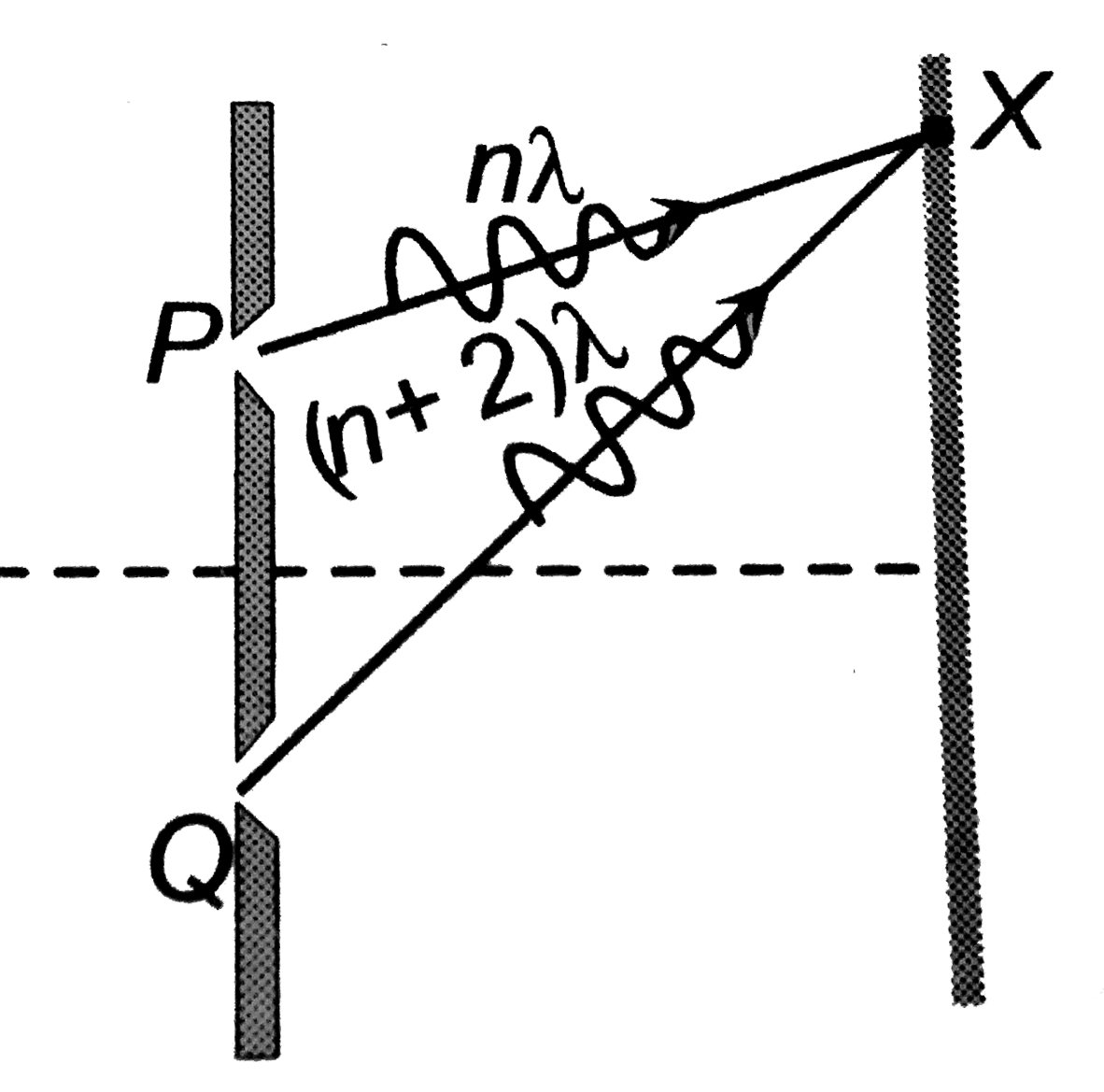A
B
C
D
Text Solution
Verified by Experts
The correct Answer is:
Topper's Solved these Questions
DAILY PRACTICE PROBLEM
RESONANCE|Exercise DPP No.67|10 VideosDAILY PRACTICE PROBLEM
RESONANCE|Exercise DPP No.68|9 VideosDAILY PRACTICE PROBLEM
RESONANCE|Exercise DPP No.65|9 VideosCURRENT ELECTRICITY
RESONANCE|Exercise High Level Problems (HIP)|21 VideosELECTRO MAGNETIC WAVES
RESONANCE|Exercise Exercise 3|27 Videos
Similar Questions
Explore conceptually related problems
RESONANCE-DAILY PRACTICE PROBLEM-DPP No.66
- The figure shows a double slit experiment with P and Q as the slits. T...
Text Solution
|
- An astronomical telscope has an eyepiece of focal-length 5 cm. If the ...
Text Solution
|
- Block 'A' is placed ober the block 'B' as shown in the figure. Wedge i...
Text Solution
|
- The given system is displacement by distance 'A' and released. Both th...
Text Solution
|
- A 1m long wire having tension of 100 N and of linear mass density 0.01...
Text Solution
|
- A radioactive nucleus is being produced at a constant rate alpha per s...
Text Solution
|
- Which of the following dimensional formula is incorrect
Text Solution
|
- To manufacture a polyethlene film a wide band is pulled over rollers a...
Text Solution
|
- A solid cylinder of mass M and radius R rolls without slipping down an...
Text Solution
|
- A solid sphere and a solid cylinder having the same mass and radius, r...
Text Solution
|
- If you set up the seventh harmonic on a string fixed at both ends, how...
Text Solution
|
- A current loop consists of two identical semicircular parts each of ra...
Text Solution
|
- If a charged particle goes unaccelerated in a region containing electr...
Text Solution
|
- Calculate ratio of i(1) and (i(2)+i(3))
Text Solution
|
- A ray of light incident at an angle theta on a refracting face of a pr...
Text Solution
|
- A body with mass 5 kg is acted upon by a force vec(F) = (- 3 hat (i) +...
Text Solution
|
- A uniform cubical block of mass M is attached to a pulley. One end of ...
Text Solution
|
- The system is released from rest with spring intially in its natural l...
Text Solution
|
- Moment of inertia of an ellipse shaped wire of mass 'm', semimajor axi...
Text Solution
|
- A light rod of length 2 m is suspended from the ceiling horizontally b...
Text Solution
|
